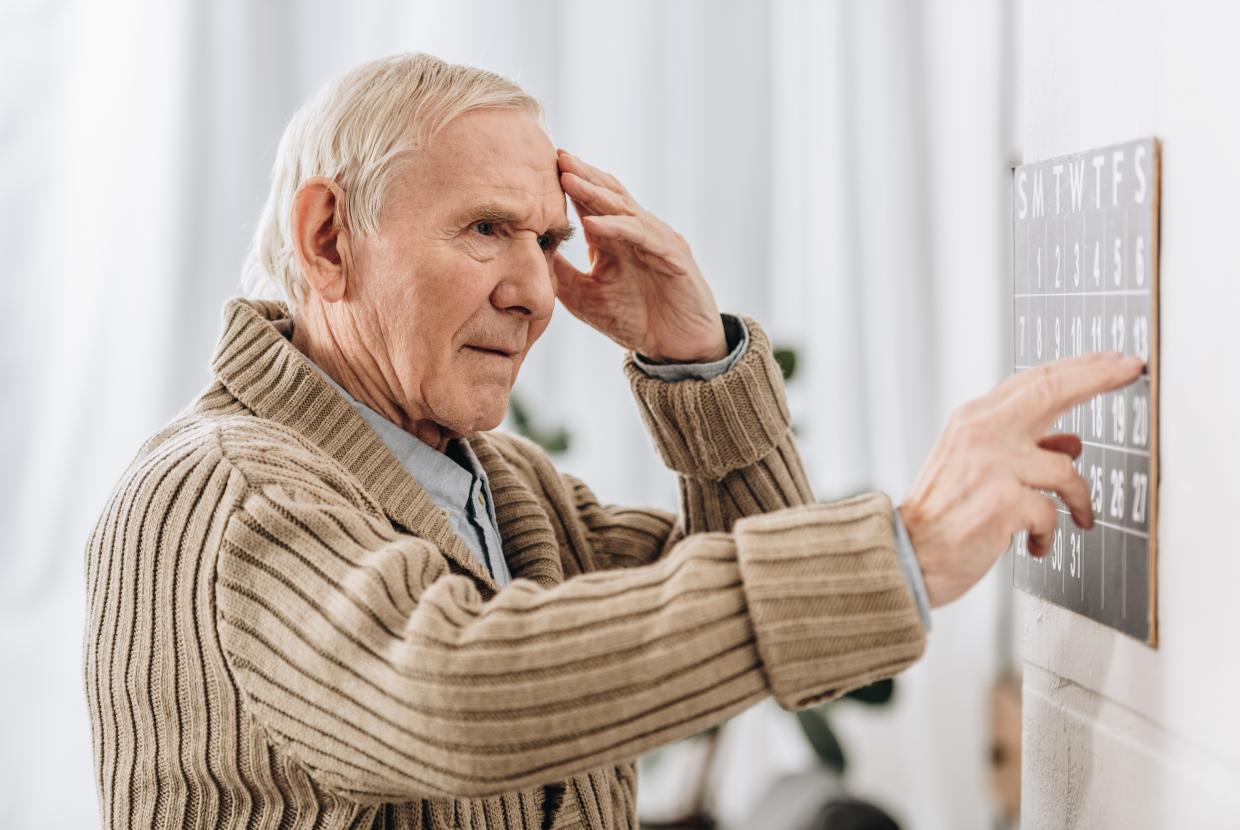Supporting A Person With Dementia Using Social Media
DementiaSocial media is a big part of modern life. It can be a great way to stay in touch and connected, but it can bring some challenges for a person with dementia.
Some people with dementia may be comfortable using social media but may find their condition makes some things more difficult. This can include being more vulnerable to scams, confusion around peoples’ real identities and worries about staying safe on social media.
Some also experience loss of inhibition as a result of their dementia, which may cause them to sometimes say or post things that others find rude or offensive online.
If the person is saying or doing inappropriate things online – either because of confusion, anger, or incorrect beliefs – there are some things you can do to help.
The Mental Capacity Act and dementia
If the person has the mental capacity to engage with social media, then they can say and post whatever they like (within the boundaries of the specific web platform), and no changes can be made without their consent.
7 tips for helping someone with dementia to use social media
1. Look out for potential triggers
Thinking about when the person is doing or saying inappropriate things online might give an idea about why this is happening. For example, is there a particular subject or online friend who the person is getting angry with? Are they deliberately saying or doing inappropriate things, or are they not quite understanding the rules of the website and accidentally using the ‘wrong’ emoji?
Identifying triggers for thoughts or behaviours which may be spilling over into social media, and ways to either remove or minimise the risk of certain triggers, can be helpful.
If the person has incorrect beliefs or delusions about other people online – such as believing they are somebody else, or that they have wronged them in some way – our information on changes in perception could be useful when supporting them.
2. Consider the needs of the person with dementia
Think about what needs are being met by using social media at all. For example, is the person lonely or generally unengaged in other things during the day? If so, then engaging in activities, joining groups or other social interaction could help minimise the feeling of wanting to use social media.
Similarly, if the person is going onto social media as they are bored, then looking at alternative online activities could help.
3. Consider telling friends and family who use the same apps
Consider telling certain people who the person has interacted with online about their dementia diagnosis. Bear in mind that if the person has the mental capacity to consent or not consent to their diagnosis being disclosed, then this is completely their choice. And if they do not consent then their diagnosis should not be disclosed to anyone.
If the person does not have capacity to consent to this disclosure, this approach should still be used with caution and only in the person’s best interests. With some social media contacts, it may be preferable to unfriend them rather than disclose the person’s diagnosis.
4. Ask to share the password
If the person is happy to share their password with you, this can be a good way to make sure there are no concerning messages or friend requests from anybody the person does not know.
This may feel intrusive, but it is important to focus on the benefits. For example, being able to protect the person from scams and helping them if they ever misplace or forget their password. It is important to explain that you won’t interfere with the person’s online activity unless it is absolutely necessary.
Being able to log into the account also means that, with the person’s consent, any inappropriate messages or activity can be changed or removed later. This is also a good way to make sure the security and privacy settings are strong on the account.
5. Change the privacy settings
Most social media apps allow the settings to be changed so that only certain audiences can see the person’s posts. Explain to the person that you can help them change how the app works so that only the people they choose will be able to read what they post.
This won’t stop the person from sometimes posting inappropriate things, but it could reduce the number of people who see the posts, especially those who may not know about the person’s dementia diagnosis and may be offended.
6. Create a new profile
Another option is to create a new profile on the social media account with a limited number of contacts and with boundaries on how and where the person can post. Again, consent and capacity are very important to bear in mind.
Creating a new profile would ensure that the posts are only seen by a certain number of people who understand that the person may sometimes say inappropriate things. This may also help avoid scams and unwanted contact.
7. Create new messaging groups
Every social media platform has its own etiquette and rules, and it can be difficult keeping track of this, especially when there are changes to the options and layout.
If the person is having difficulty with this, another option might be to create a new group outside of social media – such as a WhatsApp group – for family members only and then try to encourage the person to use this instead.
The family could also delete, block or move the social media apps that the person is using so that the person no longer has access to them and gets used to using the new app. Again, mental capacity and consent is vital to bear in mind with this.














































